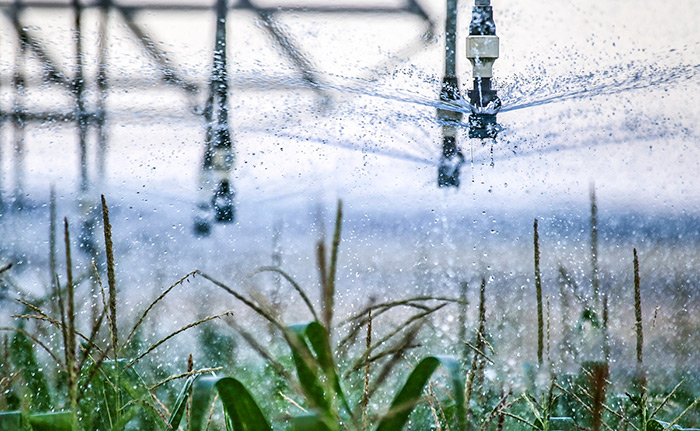Are you facing leaks or weak points in your piping system? Using the wrong fitting for HDPE pipe is a common cause of costly system failures and project delays.
HDPE pipes are connected using three main types of fittings: butt fusion, electrofusion, and mechanical compression fittings. Fusion methods create a permanent, monolithic joint that is as strong as the pipe itself, while compression fittings offer a removable, mechanical seal.
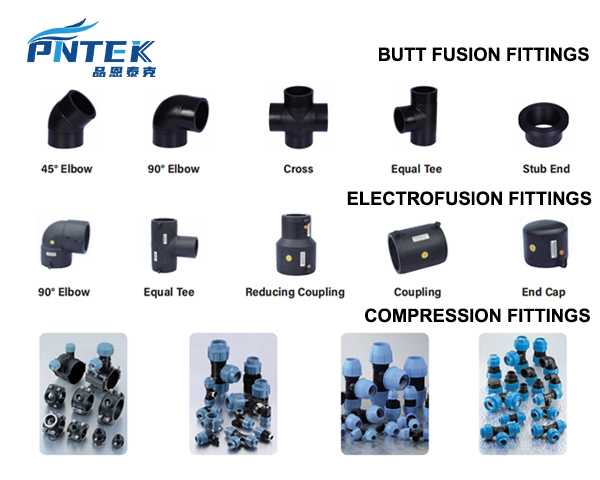
Knowing the names of the fittings is only the beginning. A top-tier purchasing manager like Carlos understands that the real expertise lies in knowing which fitting to use for which situation. This knowledge is what protects your investment, ensures project integrity, and builds a reputation for reliability.
How do you connect HDPE pipes together?
Are you struggling with complicated or unreliable pipe connections? A bad joint is the weakest link in any piping system, waiting to cause problems down the line.
You connect HDPE pipes by heat welding (butt fusion or electrofusion) for a permanent, leak-proof bond, or with mechanical compression fittings for smaller diameters or temporary connections where no special equipment is needed. Each method serves a different purpose.
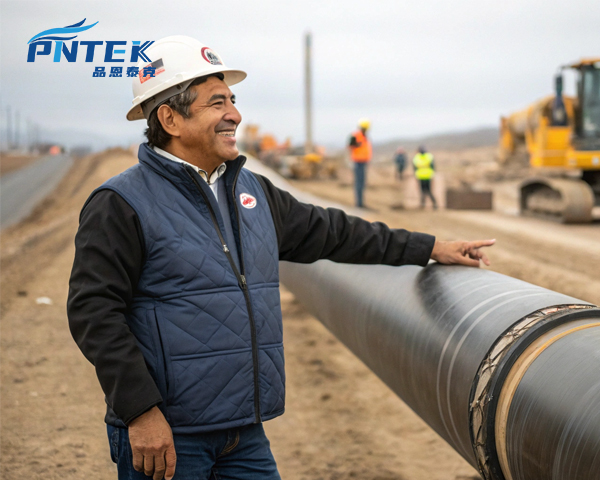
From my experience at Pntek, I’ve seen firsthand how choosing the right connection method saves enormous amounts of time and money on site. When Carlos helps a contractor choose between a simple compression fitting for a small repair and butt fusion for a major pipeline, he isn’t just selling a part; he’s selling a solution that ensures long-term success.
Butt Fusion
This is the most common method for large-diameter HDPE pipes. The process is straightforward. A special machine holds the two pipe ends perfectly aligned. A heater plate is placed between them, melting the ends to a specific temperature. The plate is removed, and the molten ends are pressed together under controlled pressure. They cool to form a single, continuous piece of pipe. This joint is completely leak-proof and as strong as the original pipe.
Electrofusion
This method is perfect for repairs or in tight spaces where a butt fusion machine won’t fit. Electrofusion fittings have a coil of wire embedded within them. The pipe ends are inserted into the fitting, and an electrofusion processor sends an electric current to the wires. The heat from the wires melts the inside of the fitting and the outside of the pipe, fusing them together into a solid, strong joint.
Mechanical Compression Fittings
For smaller diameters (typically under 4 inches or 110mm), compression fittings are an excellent, simple solution. They require no special equipment. You simply slide a nut and a grip ring over the pipe, insert the pipe into the fitting body, and tighten the nut. This compresses an O-ring to create a watertight seal. It’s fast, easy, and can be done by any worker.
Is HDPE better than PVC?
Are you debating between HDPE and PVC for your next project? Making the wrong material choice can lead to installation headaches and a system that doesn’t meet performance expectations.
Neither is universally ‘better’. HDPE is superior for its flexibility, chemical resistance, and freeze-thaw durability, making it ideal for trenchless installations and harsh conditions. PVC is better for its rigidity, high tensile strength, and lower cost, making it the top choice for water mains and pressure applications.

As the leader of Pntek, a company that excels in PVC, I’ve seen countless projects where PVC offers the perfect balance of performance and value. However, I am the first to admit when HDPE is the right tool for the job. An expert like Carlos knows that the best way to serve his clients is to guide them to the optimal material for their specific needs, not just push one product over another.
Flexibility vs. Rigidity
The most obvious difference is flexibility. HDPE’s ability to bend allows it to be installed around corners without extra fittings and makes it perfect for trenchless installation (pulling it through the ground). PVC is very rigid, which gives it superior beam strength for burial and prevents sagging over long, straight runs.
Joining Method and Cost
This is a huge factor for Carlos and his customers. PVC is joined with simple, inexpensive primers and solvent cement, or with gasketed bell ends. The tools are basic and the labor is fast. HDPE requires expensive, specialized heat fusion equipment and certified operators, which increases the initial project cost and complexity. In terms of material cost, PVC is generally less expensive than HDPE for the same pressure class.
Application Comparison
| Feature | HDPE (High-Density Polyethylene) | PVC (Polyvinyl Chloride) |
|---|---|---|
| Flexibility | High (can be coiled) | Low (rigid) |
| Joining Method | Heat Fusion, Compression | Solvent Cement, Gaskets |
| Installation Cost | High (special equipment) | Low (simple tools) |
| Material Cost | Higher | Lower |
| Primary Use Cases | Trenchless, Gas Lines, Chemical | Water Mains, Irrigation, Drains |
Is HDPE measured in OD or ID?
Could ordering the wrong pipe derail your entire project schedule? A simple misunderstanding of how HDPE pipe is measured can lead to incompatible pipes and fittings, wasting time and money.
HDPE pipe dimensions are based on a controlled Outside Diameter (OD). This is critical because fusion connection methods require the outer surfaces of the pipe and fitting to match precisely for a successful weld.
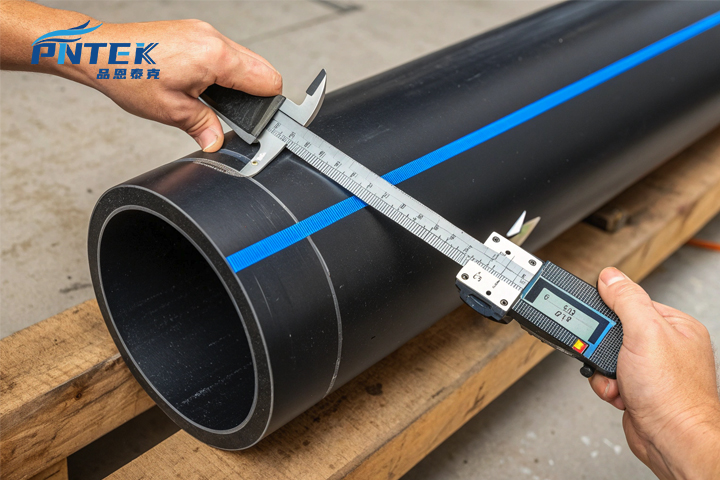
This is a technical detail that separates the amateurs from the pros. When I speak with a purchasing manager like Carlos and he specifies pipe by its OD and SDR, I know I’m dealing with an expert. He understands that this precision is not just a number on a spec sheet; it’s the key to a reliable, leak-free system. The inside diameter (ID) will change depending on the wall thickness, but the OD always stays the same for a given pipe size.
Why Outside Diameter is Key
Heat fusion works by melting the outer surface of the pipe and the inner surface of a fitting (or the outer surface of another pipe). For this to work, the surfaces must align perfectly. By keeping the OD constant, manufacturers ensure that any pipe of a certain size will fit any corresponding fitting or fusion machine, regardless of its pressure rating.
Understanding SDR (Standard Dimension Ratio)
- What it is: SDR is the ratio of the pipe’s outside diameter to its wall thickness.
- Formula: SDR = OD / Wall Thickness
- What it means: A lower SDR number means a thicker pipe wall. A thicker wall can handle higher pressure. For example, SDR 11 pipe has a thicker wall and a higher pressure rating than SDR 17 pipe of the same size. Carlos needs to know both the required OD and the SDR to order the correct pipe for his customers’ pressure requirements.
What type of joint is used in HDPE pipe?
Are you looking for a pipe joint you can bury and forget? The fear of future leaks from buried joints is a major concern for contractors and system owners.
The primary and strongest joint used for HDPE pipe is the butt fusion joint. This heat-welding process creates a monolithic (seamless) connection that is completely leak-proof and is often stronger than the pipe itself.
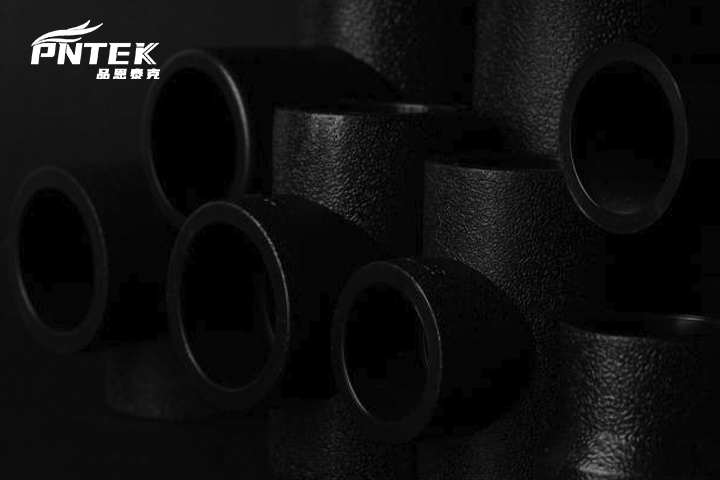
The concept of a “monolithic” system is a game-changer. It means you’re essentially creating one long, continuous piece of pipe with no mechanical connections that could loosen or degrade over time. For a purchaser like Carlos, being able to offer a system that eliminates the risk of joint failure is a massive competitive advantage. It’s the ultimate promise of long-term reliability.
Creating a Truly Leak-Proof System
A butt-fused joint isn’t like a glued or clamped connection; it is a re-formation of the material itself. The polymer chains from both pipe ends mix together in their molten state and cool to form one solid piece. The small bead that forms on the inside and outside of the pipe is a visual indicator of a successful weld. This joint is so integrated that it maintains the pipe’s flexibility and strength perfectly.
Why This is the Gold Standard
This type of joint is so reliable that it’s the standard for critical applications like natural gas distribution lines, high-pressure water mains, and industrial chemical transport. The joint is completely self-restrained, meaning it cannot pull apart under pressure or ground movement. This eliminates the need for expensive thrust blocks or restraints required for many other piping systems, further reducing installation costs and complexity.
Conclusion
HDPE systems rely on fusion or compression fittings. Butt fusion creates the strongest, leak-proof joint. The choice between flexible HDPE and rigid, cost-effective PVC depends entirely on the project’s specific demands.
Post time: Nov-06-2025


